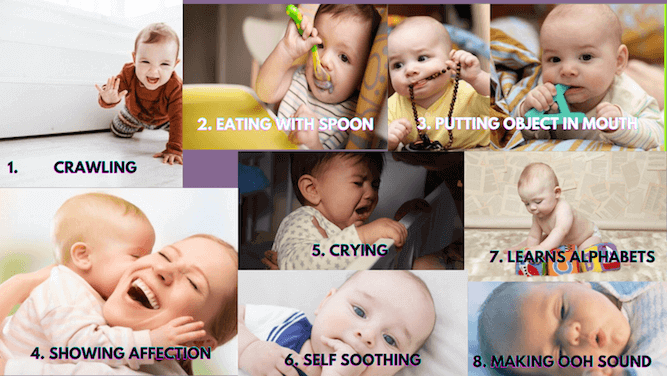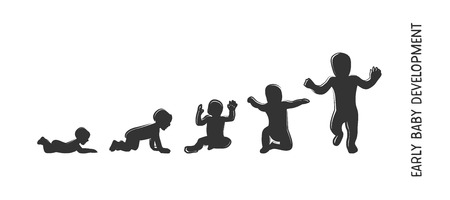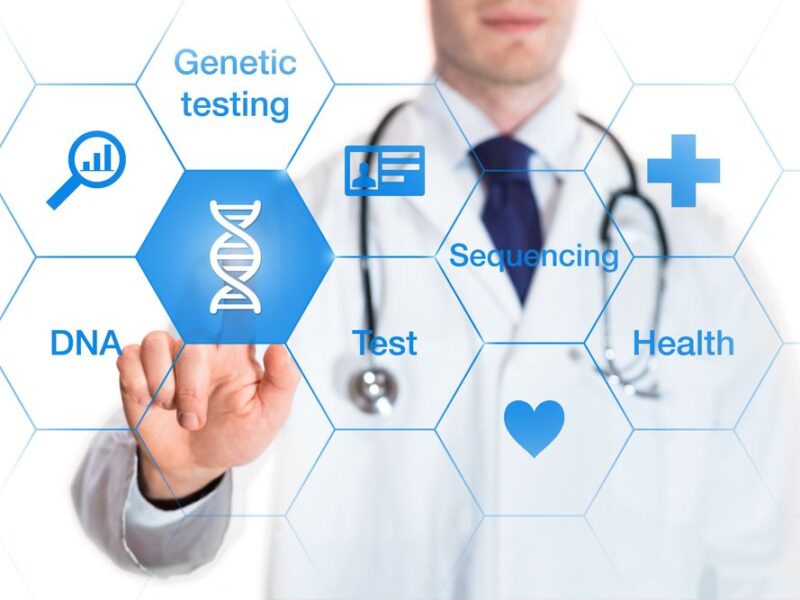Instinctively parents are very much concerned about their child’s development and want to make certain that their child is developing or progressing properly. Some key developmental milestones are passed by children as they grow. Tracking these milestones helps us device how a child is progressing or developing, although it should be noted that different children have different levels of developing skills. Therefore it is necessary that we understand what is developmental milestones and if the children are getting those. This can help parents to recognise any early complications, and it can also reassure them that their children are on track. Here we will be reviewing about what is milestone, their types, why they matter and what are the ways it can be used by the parents to track their child’s developmental progress.
WHAT IS DEVELOPMENTAL MILESTONE?
Developmental milestones are the vital signs of development of infants and children, be it physical, emotional or behavioural. Some examples of a child’s developmental milestones are rolling over, crawling, walking, talking, standing, etc. These are considered vital signs as this provide important information regarding a child’s early development. Reaching milestones at the usual ages shows that a child is developing or growing as expected. If the child reaches the milestones much earlier, it suggests that he/she may be advanced compared with his/her peers at that particular age group. Delay of a child in reaching the milestones than other children of the same age can be a cause of concern. These milestones are behaviours that evolves over time, thus building the blocks for progress and continual knowledge. By looking at the different types of developmental milestones, parents and caregivers are better able to understand how the children develops and watch for any probable problems.
TYPES OF DEVELOPMENTAL MILESTONES:
Some of the categories of such behaviour include:
Movement/Physical Milestone: Itinvolves both large and fine motor skills. Large motor skills are generally the first to develop which includes sitting up, standing, crawling, and walking. Whereas, fine motor skills involve specific movements like that of grasping a spoon, holding a crayon picking up small objects, etc.
Cognitive Milestones: It involves the child’s ability to learn new things and solving problems.Cognitive milestones also includes “educational” skills like counting and learning alphabets and numbers. Some examples includes how an infant figures things around him/her out-learning how to respond to facial expressions, putting objects in their mouth, trying to understand something are some examples of cognitive milestones.
Social and Emotional Milestones: It involves how a child shares their emotions and interact with others. It also involves development of empathy. Example of such communication incudes pointing at an airplane flying overhead, self-soothing, crying when mom or dad leaves.
Communication Milestones: This involves how a child expresses or shares their needs about their thinking and understanding. Some examples of communication milestones includes making sounds, learning alphabet for the first time and looking toward the person who is talking to them.

As per the CDC reports below are some examples of developmental milestones and important warning signs of possible developmental delay for children of 0.5, 0.75, 1, 1.5, 2 and 3 years of age :


NOT ALL CHILDREN ARE SAME:
As discussed earlier, though reaching this milestones may take some time for some children, thus the parents or the caregivers must remember that each and every child is unique. Some children may start learning, talking, and walking much earlier than other children of his/her age group. This doesn’t necessarily mean that those who are reaching the milestones early are god-gifted while others are delayed; this simply means that certain unique approach is always present in a child’s developmental process. However, significant delays in reaching the developmental milestones can be a cause of concern and it should be immediately evaluated from a paediatrician. Whether, a child is born prematurely or full-term can have a great effect on these skills pointed above, with the preemie’s skills showing up a bit late. Personality also has a necessary impact on a child’s growth, which is much obvious with twins or multiples. For example, one child is very much physically active while the other one is laid back. Always remember, every child is unique!
REFERENCES:
- Centers for Disease Control and Prevention (CDC developmental milestones)
- CS Mott Children’s Hospital
- Dosman CF, Andrews D, Goulden KJ. Evidence-based milestone ages as a framework for developmental surveillance. Paediatr Child Health. 2012;17(10):561-568. doi:10.1093/pch/17.10.561
- Predictive validity of developmental milestones for detecting limited intellectual functioning Vlasblom E, Boere-Boonekamp MM, Hafkamp-de Groen E, Dusseldorp E, van Dommelen P, et al. (2019) Predictive validity of developmental milestones for detecting limited intellectual functioning. PLOS ONE 14(3): e0214475. https://doi.org/10.1371/journal.pone.0214475
- Unicef Parenting
Souhrid Sarkar
Souhrid Sarkar is an Aspiring Biotechnologist. He is a B.Tech student at Amity University Kolkata. He is content writer at BioXone. He is a Research Intern at Indian Institute of Technology, Bombay (IITB) & Reviewer at TMR Publishing Group. He is Keyboardist by hobby.


